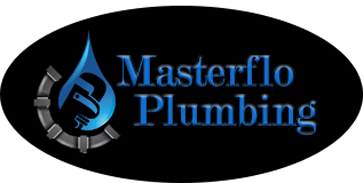How To Prevent Frozen Pipes
With our recent chilly temperatures, common winter home problems may be at the forefront of your mind. Plumbing problems are never convenient, but not having hot water during the harsh winter months is the ultimate in inconvenient. Besides being inconvenient, frozen pipes can present serious compromises to the health, safety, and integrity of your family and your home and property! Frozen pipes can happen to you, even here in Georgia!
Don’t get stuck with frozen pipes and no hot water this winter. Read on to find out how to prevent frozen pipes.

How To Prevent Frozen Pipes-
- Insulate pipes that are in colder areas of your home with foam.
- Wrap pipes that are at risk of freezing with heater tape.
- Seal any gaps in insulation near your pipes.
- Replace older plumbing.
- Call a professional plumber to reroute plumbing that is exposed to the elements.
- During particularly freezing temperatures, allow warm air to circulate around pipes in cooler areas of your home. This may mean opening cabinet doors or opening the door to your basement or your garage from your main living space.
- Consider keeping the temperature in your home slightly warmer than normal overnight when outside temperatures drop the most drastically.
- Turn on your faucets to allow a slow drip overnight. This will ensure that water continues to flow through your pipes.
Taking the necessary precautions to prevent frozen pipes is important, but its still not a guarantee that your pipes won’t freeze this winter. If you find that your pipes are frozen and you are without hot water, call a plumber immediately! Many times frozen pipes can be fixed easily and without resulting in any problems, but sometimes frozen pipes can cause major damage to your home and property.
For more information about the safety of you, your family, and your home during freezing winter temperatures, read more from the Red Cross.
For an emergency plumber in your area, call Masterflo Plumbing immediately at (678) 822-7095! We’re on call for you 24 hours a day, 7 days a week!


 Toilets should always be caulked to the floor in order to prevent any movement of the toilet. When a toilet moves, the wax seal could get broken and water can collect under the toilet and rot the floor. Oftentimes, homeowners will set a toilet and then caulk around the outside edge. This method generally isn’t strong enough to hold and it also leaves a large, visible line of caulk. Read on to find out how to caulk a toilet!
Toilets should always be caulked to the floor in order to prevent any movement of the toilet. When a toilet moves, the wax seal could get broken and water can collect under the toilet and rot the floor. Oftentimes, homeowners will set a toilet and then caulk around the outside edge. This method generally isn’t strong enough to hold and it also leaves a large, visible line of caulk. Read on to find out how to caulk a toilet!